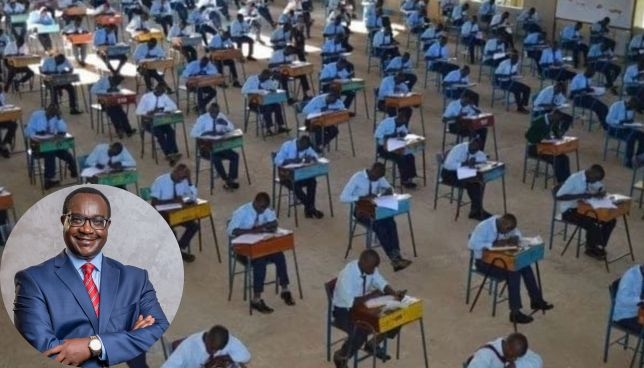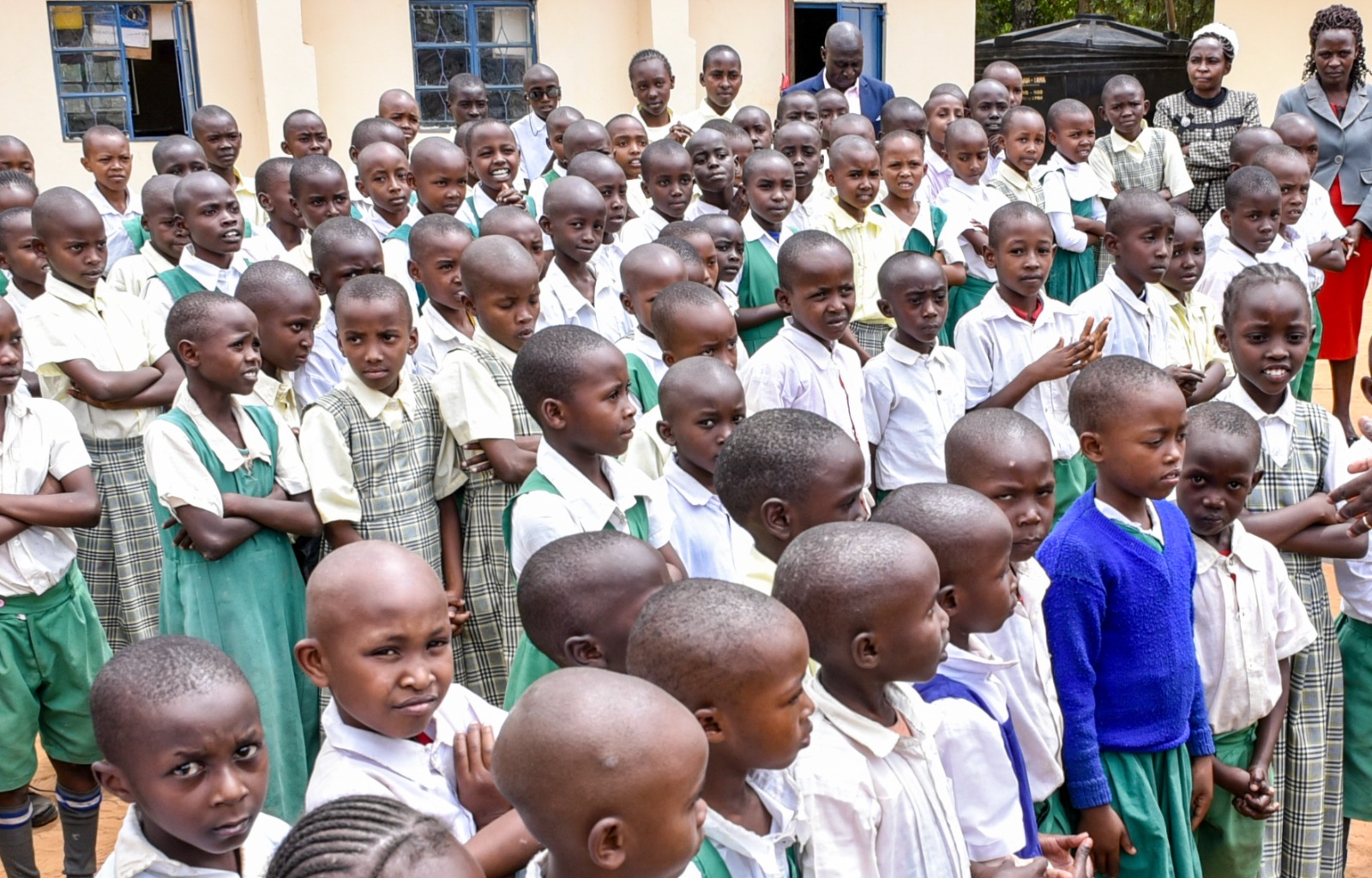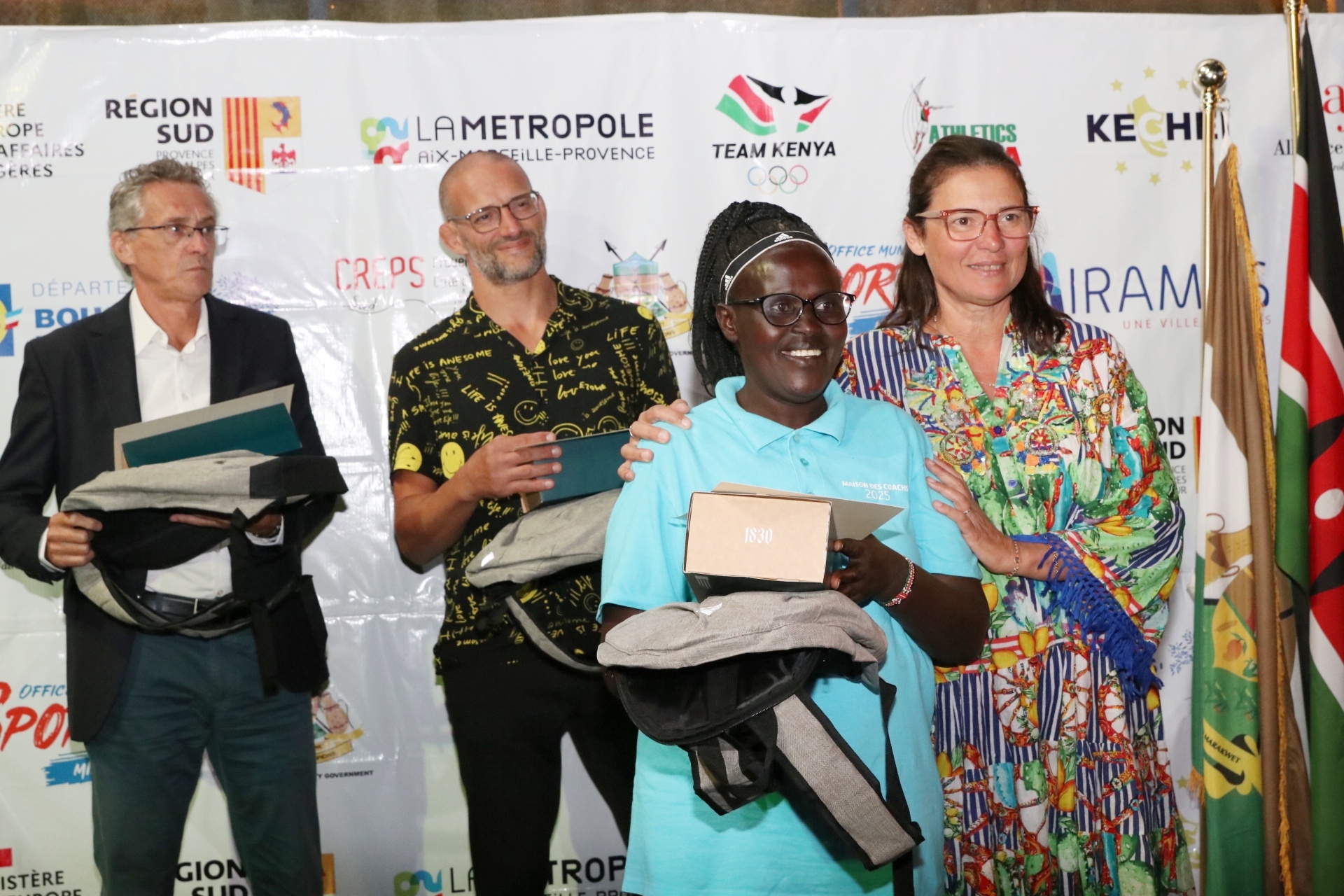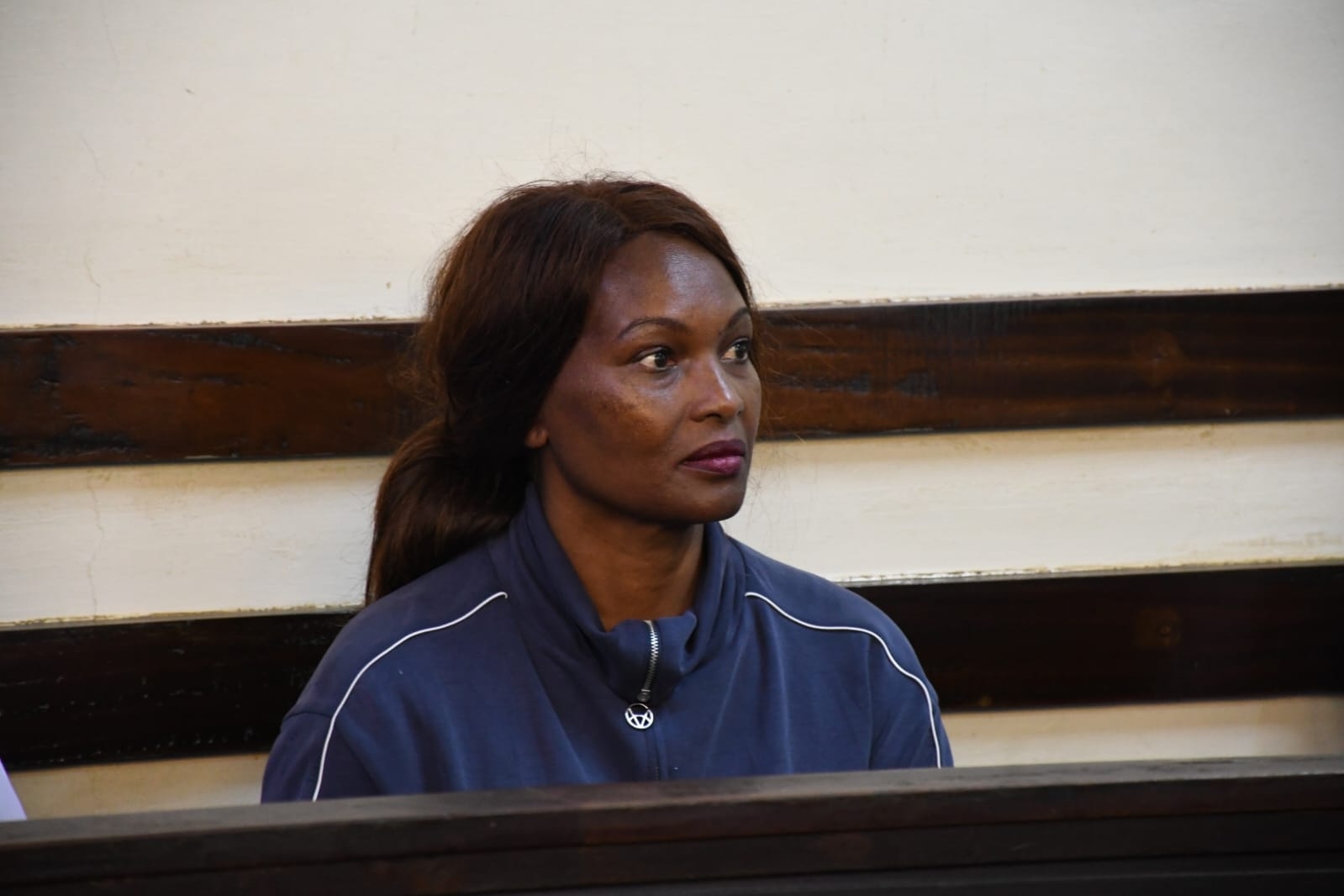
 Junior school pupils at a school in Machakos, October 3, 2024. /EDUMIN/X
Junior school pupils at a school in Machakos, October 3, 2024. /EDUMIN/XKenya’s new Competency-Based Education (CBE) is redefining learning by focusing on what learners can do rather than just what they know—nurturing creativity, collaboration, and practical problem-solving from the earliest grades.
But amid these reforms, one big question still hangs: where should junior secondary learners (Grades 7–9) be domiciled?
Globally, education systems have grappled with this same dilemma. Finland, often hailed as a global leader in education, keeps Grades 7–9 within the same comprehensive schools as primary learners. The change is not about moving to a new institution but about shifting from generalist teachers to subject specialists. This smooth transition ensures academic continuity and emotional stability.
Japan and South Korea take a middle-ground approach. After six years of elementary school, learners move into lower secondary or middle schools, which cater exclusively to Grades 7–9. These schools offer subject-based teaching but also prioritize counseling, guidance, and extracurricular activities to help adolescents cope with new pressures.
Closer to home, Rwanda merged primary and lower secondary into a nine-year basic education cycle. This model has improved retention and reduced costs while still giving learners access to subject specialists. The key lesson from all these cases? Young adolescents thrive in environments that balance academic rigor with social and emotional support.
In Kenya, some argue that placing Grades 7–9 in secondary schools alongside older peers (Grades 10–12) would give them access to better facilities, such as laboratories and libraries. There is truth in this. But such a move also risks exposing 12–14-year-olds to environments designed for teenagers preparing for national exams—with all the peer pressure and intimidation that come with it.
At its core, the CBE seeks to nurture competence, confidence, and creativity. But that promise fades if learners feel anxious or misplaced. What they need are safe, nurturing spaces where specialized teachers guide them, resources are introduced progressively, and mentorship helps them find their footing before being expected to swim on their own.
Kenya, therefore, stands at a crossroads. Should we prioritize infrastructure and convenience, or should we design transitions that truly prioritize the learner? The evidence is clear: the latter approach is more effective. A hybrid model may offer the best of both worlds—keeping Grades 7–9 in comprehensive school settings but allowing structured access to secondary school facilities and support systems.
The debate over where junior secondary should be domiciled is more than a technical question. It reflects our broader philosophy of education. Do we view young learners as individuals still developing the confidence and guidance they need to thrive, or do we propel them prematurely into senior settings before they are ready?
As we implement CBE, we must remember that transitions are as important as the curriculum itself. They shape how children see themselves, how they relate to peers, and how prepared they feel for the future.
If we genuinely want the CBE to succeed, we must place our junior secondary learners in environments where they can thrive not only academically but also socially and emotionally. The question is not merely where they belong, but how we prepare them for the journey ahead.
That preparation goes beyond walls and timetables. It’s about giving young adolescents a sense of safety and belonging, teachers who double as mentors, and classrooms that celebrate curiosity rather than conformity. It’s about recognizing that confidence and character are built gradually, not demanded overnight.
For many learners, this stage is a bridge between childhood and young adulthood—a fragile, formative phase that determines how they see themselves and the world.
If we get it right, junior secondary can become the heartbeat of the CBE dream: a space where competence meets confidence, and creativity begins to bloom.
_____
WendyJoy Gitari – Research Officer at APHRC’s Human Development theme, focusing on education and youth empowerment research.
Farah Abdimalik – Research Officer at APHRC’s Education and Youth Empowerment unit under the Human Development theme.
Davis Musyoki – Research Communications Officer at APHRC’s Policy Engagement and Communications division.













